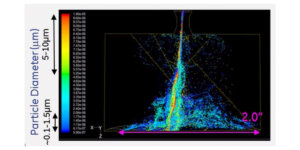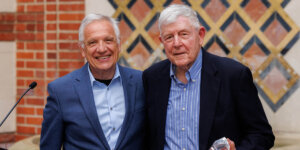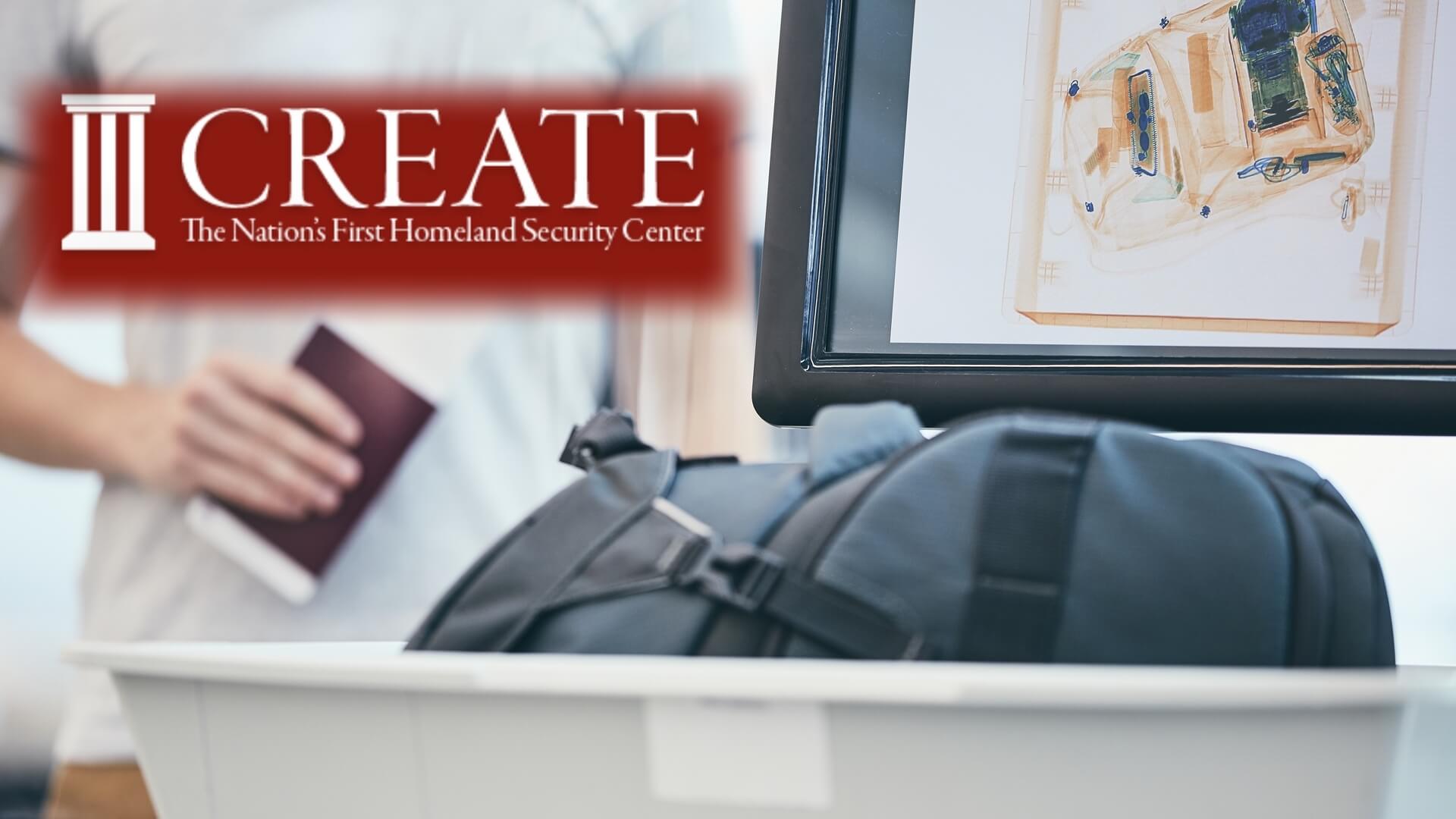
Airport security check. Young man holding passport and waiting for x-ray control his luggage. Photo Credit: EnvatoElements
Celebrating a milestone of two decades at the forefront of improving homeland security, the USC Center for Risk and Economic Analysis of Threats and Emergencies (CREATE) is hosting its 20th Anniversary Symposium on April 19, 2024, on USC’s University Park campus. The symposium will focus on emerging threats to homeland security.
In the wake of the tragic events of September 11, 2001, the need for innovative approaches to national security became painfully clear. Now, two decades later, CREATE stands as a testament to ongoing efforts to enhance homeland security through rigorous research and collaboration.
Established in December 2003 by the newly formed U.S. Department of Homeland Security (DHS), CREATE was the nation’s first university Center of Excellence dedicated to homeland security. It has consistently pushed the boundaries of risk assessment and economic analysis to address a wide range of threats while bringing together faculty and students from the USC Viterbi School of Engineering and the USC Sol Price School of Public Policy to research and innovate.
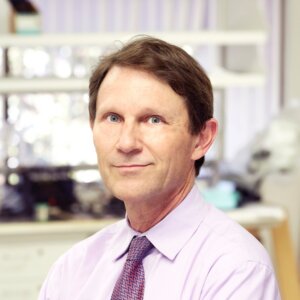
CREATE Director, Randolph Hall
“DHS was established as a way to unify the resources of our government to protect the nation,” said Randolph Hall, CREATE director and Dean’s Professor in the Epstein Department of Industrial and Systems Engineering. “The sessions at this year’s symposium will demonstrate how CREATE’s research has helped prepare the nation for threats spanning the entirety of DHS’ mission. Four panel discussions will address terrorism, infrastructure & supply chains, pandemics, and climate disasters.”
The symposium underscores the continued importance of CREATE’s work in strengthening national security in a world where domestic and global security challenges are increasingly complex and interconnected. Former U.S. Secretary of Homeland Security, Michael Chertoff, will be the symposium’s keynote speaker, sharing his perspectives on future threats to the nation. In addition, Wallicia R. Tapscott, the Department of Homeland Security’s executive director of the Office of Innovation and Collaboration, will kick off the symposium as the event’s first speaker.
In its early years, the center focused exclusively on terrorism, developing frameworks for classifying threats and identifying points of intervention as well as creating new models for responding to the adaptive behavior of adversaries through game theory and optimization. It also calculated the economic impacts of the 9/11 attacks and other catastrophic threats. Today, the center’s research extends beyond terrorism to encompass a broader spectrum of threats, including natural disasters, pandemics, unintentional failures, and malicious acts and is a leading force in identifying and mitigating risks.
Detlof von Winterfeldt, former Director of CREATE, the J.A. Tiberti Chair in Ethics and Decision Making, and USC Viterbi professor of industrial and systems engineering, cited the project “Assistant for Randomized Monitoring Over Routes” (ARMOR) as a major achievement of CREATE’s risk analysis research. Developed by Milind Tambe, then Professor of Computer Science at USC and a senior research fellow at CREATE, ARMOR randomizes security schedules and plans, making it difficult for adversaries to predict about security forces when plotting illegal activities.
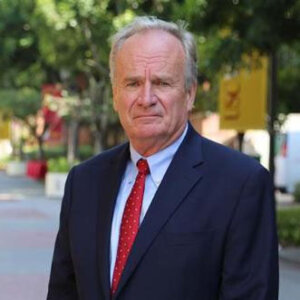
CREATE Senior Research Fellow, Detlof von Winterfeldt
“ARMOR’s goal is to counter terrorist threats in vital areas using advanced mathematical models and artificial intelligence techniques,” said von Winterfeldt. “The randomization process initiated by the tool made it impossible for the terrorists to know when patrols or checkpoints at airports, metro stations, or harbors would occur.”
Initially deployed at strategic locations, such as Los Angeles International Airport, the project quickly garnered national attention, showcasing CREATE’s contribution to strengthening national security through innovative technology. Its success also led to expansion, encompassing partnerships with the U.S. Coast Guard and various metro systems nationwide.
CREATE’s recent work has included extensive studies on the COVID-19 pandemic, ranging from estimating economic consequences to developing strategies for vaccine allocation and distribution. By applying its expertise in risk, behavioral, decision, and economic analysis, the center has informed policy decisions and enhanced the nation’s resilience in the face of unprecedented challenges.
Research grants and contracts to CREATE are supporting research on technology transition, student mentoring in system engineering, studies on the economic impacts of supply chain interruptions and global conflict, and risk analysis of interventions to protect soft targets from terrorist attacks. This year, CREATE joined the University of Alaska to establish the Arctic Domain Awareness Center, a DHS center of excellence focused on emerging maritime challenges in the dynamic Arctic environment. In addition to DHS, CREATE’s research is supported by the Department of Defense and the National Science Foundation, with more than $80 million in funding since inception.
As CREATE celebrates its 20th anniversary, it remains committed to its founding vision of objective and creative analysis of homeland security threats. This year’s symposium promises to be an opportunity for experts and stakeholders to come together, share insights, and chart a path forward in safeguarding the nation against evolving risks.
Click here to register to attend the event by March 22.
Published on March 21st, 2024
Last updated on May 16th, 2024




